The examples of application of low pressure are
Foundation of Building

Snow Shoes

Ski Board

Tyre of Tractor

Feet of Elephant

Strip of Handbag

Seat Belt

The examples of application of low pressure are







The examples of application of high pressure are:





As shown in the diagram above, a 20N force acts on a 4cm² surface. The force is shared equally by the surface, hence each 1 cm² of the surface withstand a force of 5N (20N/4).
The force (5N) acts on 1 unit area (1cm²) is said to be the pressure acting on the surface. Therefore, the pressure acting on the surface is 5N/cm².
Mathematically,

From the question,
A = 20 cm² = 0.002 m²
P = 2500 Pa
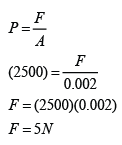
A block of wood 3 m long, 5 m wide and 1 m thick is placed on a table. If the density of the wood is 900 kgm-3, find
a. the lowest pressureon the table due to the block.
Answer:
a.
Step 1: Finding the weight of the block
The volume of the block = 3 x 5 x 1 = 15m³.
Mass = Density x Volume
Mass of the block, m = (900)(15)= 13500 kg
Weight of the block = mg = 13500 x 10 = 135,000N
Step 2: Determine the surface area
The pressure exerted on a surface is inversely proportional to the area of the surface. The bigger the surface, the lower the pressure.

For the wooden block, the biggest surface, A = 5 x 3 = 15m²
Step 3: Finding pressure
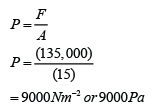
b.
The pressure is the highest when the surface area is the smallest.

The smallest surface area of the block = 1 x 3 = 3m²
The highest pressure,

Example 3:
Two cubes made of the same material; one has sides twice as the other, lying on a table. Standing on one face, the small cube exerts a pressure M on the table. What is the pressure (in term of M) exerted by the larger cube standing on one of its faces, on the table?
Answer:

For the small cube,
Surface area = x²
Volume = x³
Mass = m
Weight = mg
Pressure,

For the big cube,
Surface area = 4x²
Volume = 8x³
Mass = 8m (Because the volume is 8 times greater)
Weight = 8mg
Pressure,
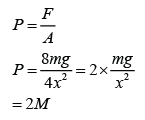

| Arrangement in series: | Arrangement in parallel: |
| Extension = x × number of spring Stiffness decreases Spring constant = k/number of spring | Extension = x ÷ number of spring Stiffness increases Spring constant = k × number of spring |
 |
 |
| Stiffer | Less Stiff |
 |
 |
| Stiffer | Less Stiff |
 |
 |
| Stiffer | Less Stiff |
 |
 |
| Stiffer | Less Stiff |
Formula:

Example:

Diagram above shows a spring with a load of mass 0.5kg. The extention of the spring is 6cm, find the energy stored in the spring.
Answer:
The energy stored in the spring is the elestic potential energy.


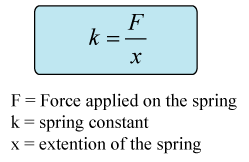


The higher the gradient, the greater the spring constant and the harder (stiffer) spring.
For example, the stiffness of spring A is greater than spring B.

The intermolecular forces consist of an attractive force and a repulsive force.


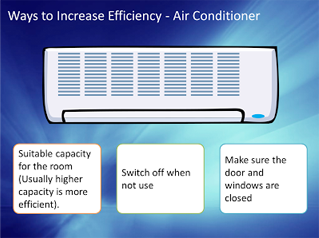
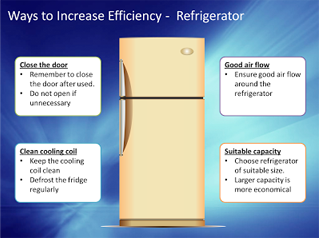

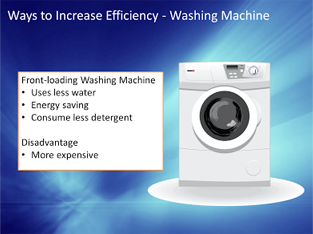
Power is the rate at which work is done, which means how fast a work is done.
It is also a measure of how fast a form energy is converted to another form.
Formula:


During a conversing of energy,
Amount of Work Done = Amount of Energy Converted
